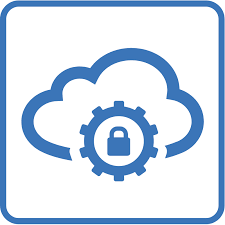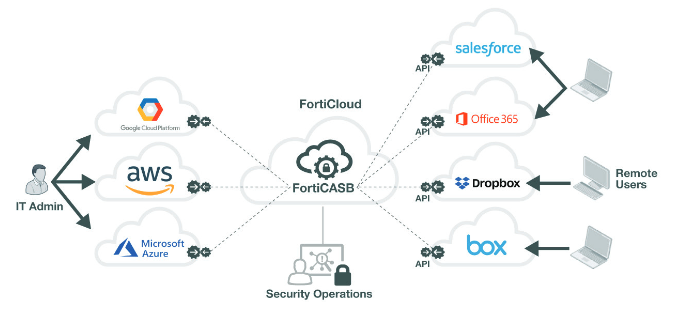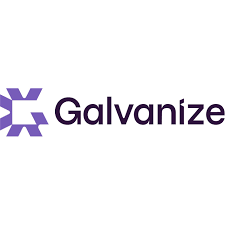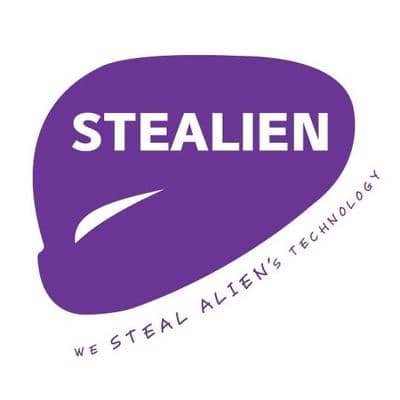
Problems that solves
No IT security guidelines
Unauthorized access to corporate IT systems and data
Risk of attacks by hackers
Non-compliant with IT security requirements
Values
Reduce Costs
Ensure Security and Business Continuity
Ensure Compliance
About Product
Description
Organizations are increasingly adopting Infrastructure-as-a-Service (IaaS) and Security-as-a-Service (SaaS) services and applications for the agility and savings they offer, but find that they don't have the visibility and control they require. FortiCASB-SaaS is a cloud-native Cloud Access Security Broker (CASB) subscription service that is designed to provide visibility, compliance, data security, and threat protection for cloud-based services being used by an organization.
With support for all major IaaS providers and most major SaaS service providers, FortiCASB provides insights into resources, users, behaviors, and data stored in the cloud with comprehensive reporting tools. It also includes advanced controls to extend security policies from within the network perimeter to IaaS resources and SaaS applications.
Features and Benefits:
API-Based. Direct access to data stored in the cloud for on-network and remote protection.
Compliance and DLP. Customizable data loss prevention tools and predefined compliance reporting options.
User Insights and Policies. Usage, entitlement, and configuration assessments provide visibility and control for cloud applications.
Security Fabric Integration. AV and Sandbox integration scans stored data and protects from the latest threats.
Shadow IT Discovery. Consolidated reporting for FortiGate and FortiAnalyzer to detect on-network SaaS usage.
Advanced Analytics. Comprehensive and easy-to-use visual tools quickly identify risks and policy violations.
Scheme of work

Competitive products
User features
Roles of Interested Employees
Chief Executive Officer
Chief Information Officer
Chief IT Security Officer
IT Security and Risk Management
Organizational Features
IT Security Department in company



















